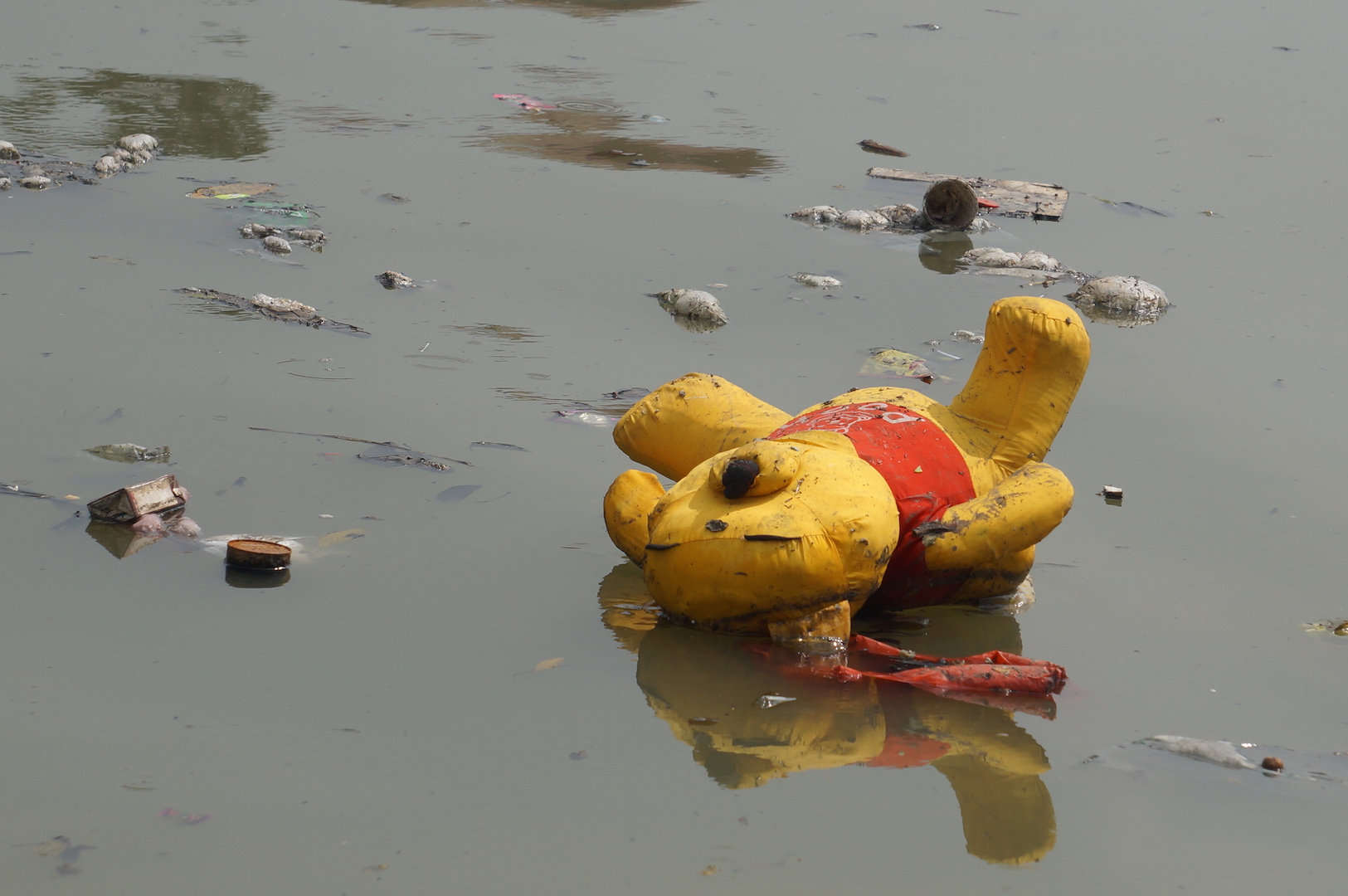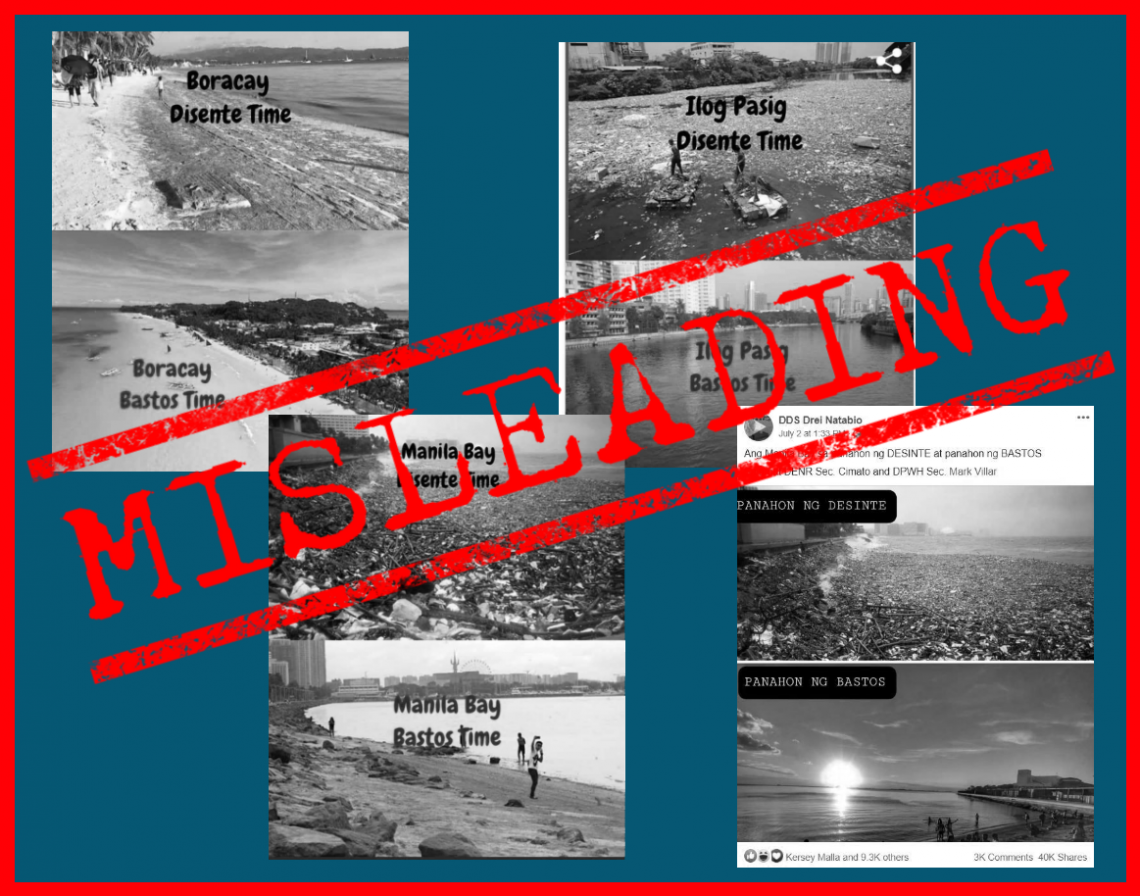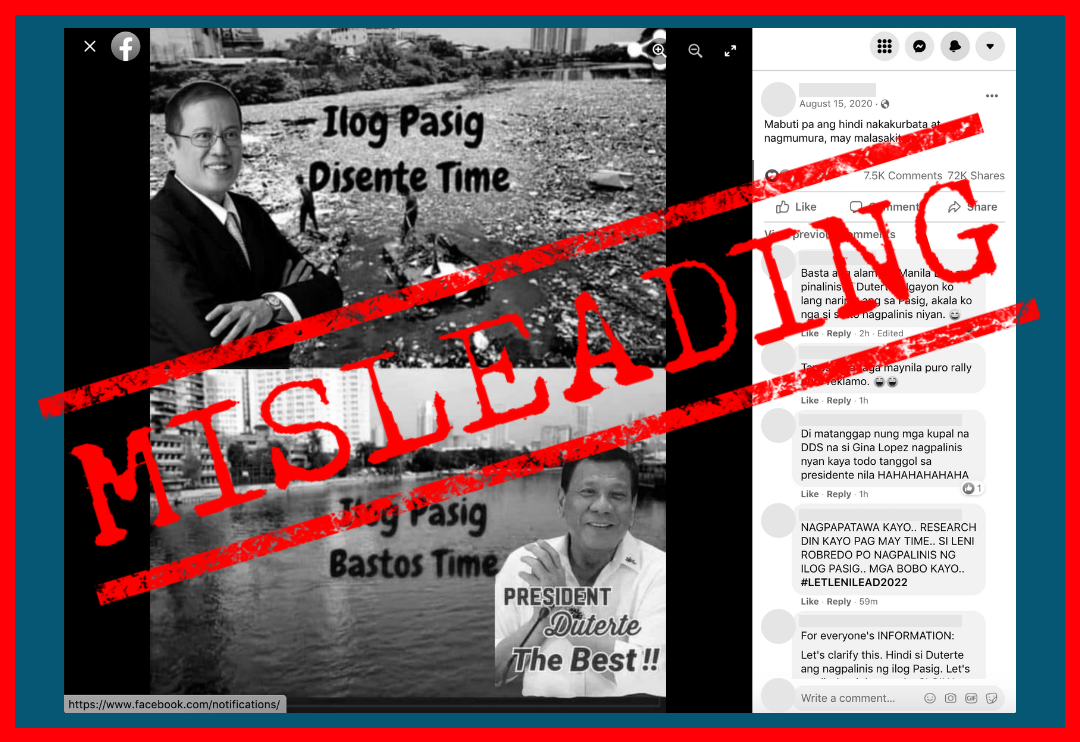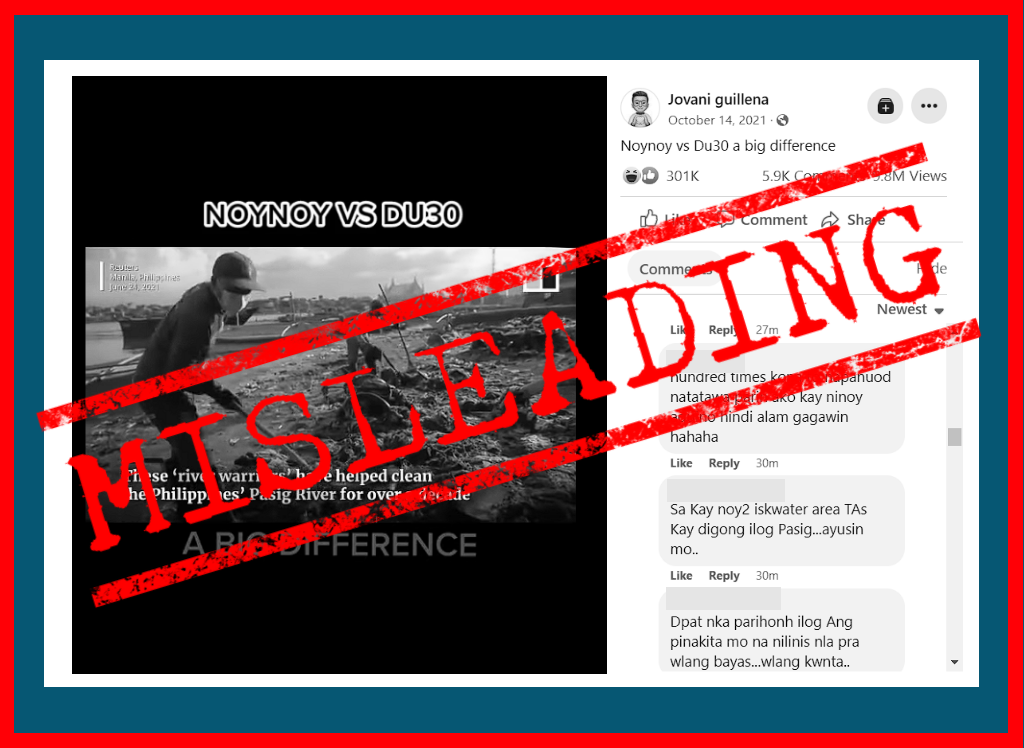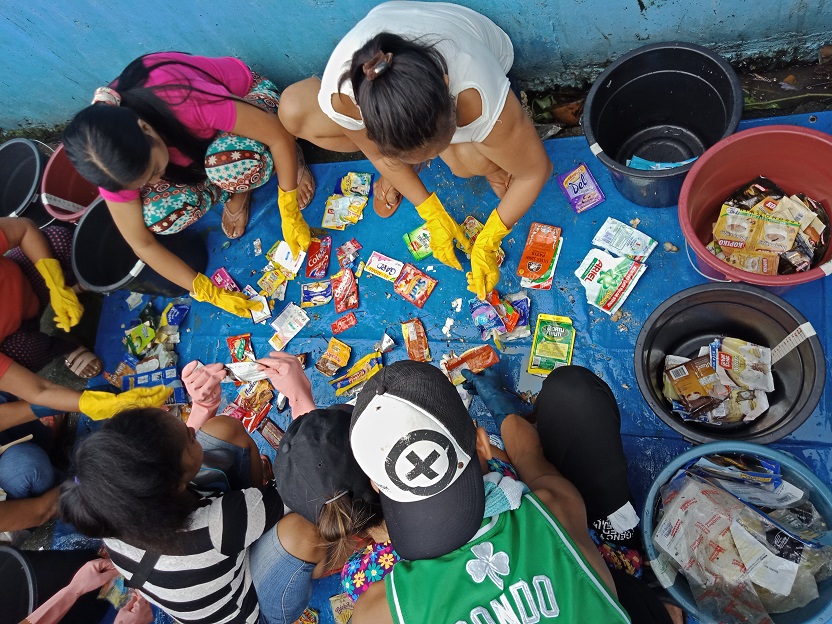For many Filipinos, Pasig River might still conjure images of floating garbage, closely matching perhaps how the river is illustrated in the popular song “Anak ng Pasig.”
Yet, sailing now along a segment of the river that flows through Sta. Mesa in Manila, one would see that the water is no longer black and filled with trash, as what the lyrics of the song had limned. Fish, though few, visibly swim on the shallows.
A third of the Pasig River, in fact, has already been cleaned, and for its cleanup efforts, the Pasig River Rehabilitation Commission (PRRC) has been named one of the four finalists in the Thiess International Riverprize, an annual award given to the world’s best river rehabilitation programs.
Pasig lost to the San Antonio River in Texas, results released on Sept. 19 show, but George De La Rama, PRRC public information advocacy and tourism head, still considers the recognition significant.
The award, he told VERA Files, serves as inspiration for the agency to continue its efforts until the desired water quality for the Pasig river system is reached.
After all, the 18-year-old agency now stands before a more daunting task: cleaning the river’s larger two-thirds that remains dirty, and maintaining the restored parts clean.
For instance, one tributary, the San Juan river, was tagged by PRRC as one of Pasig river’s most polluted. Where trash has yet to accumulate, the river’s surface keeps bubbling with methane gas, and locals who live by the riverfront inhale the everyday stench of its murky waters.
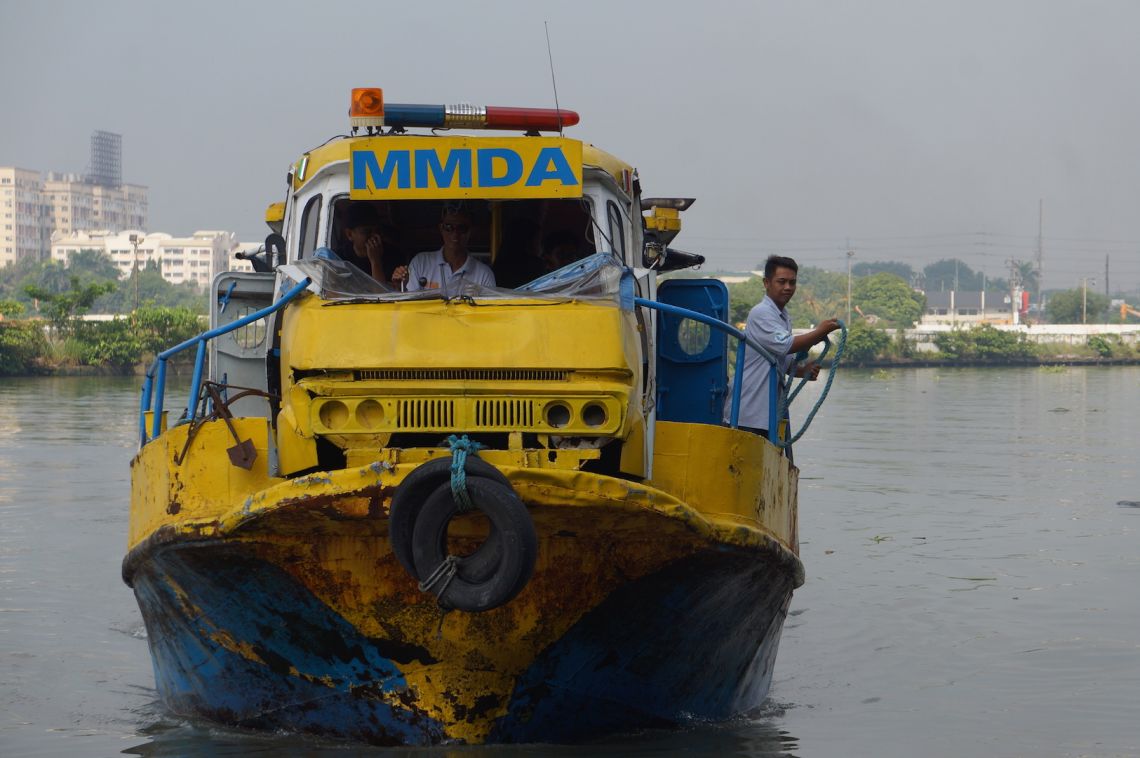
Weeks before the contest, in a Sept. 8 tour organized with nonprofit Greenpeace Philippines, PRRC exhibited before journalists the San Juan river, the epitome of Pasig river’s dilemma.
“It needs to be rehabilitated. There’s so much that needs to be done,” De La Rama said during the tour. “But efforts are ongoing.”
Most garbage in San Juan river flow from Quezon City, traveling down through San Juan, Mandaluyong, Pasig and Manila. Through its new San Juan River Dredging Project, the PRRC intends to increase the river’s depth by retrieving its pollutants.
The Pasig river has yet to reach Class C, where the water quality can support and sustain aquatic life. It is a task to which the government, river volunteers, patrols and now advocacy groups like Greenpeace Philippines, actively commit.
“There are serious steps done, but of course it has to be expanded, it has to be improved,” said Michael Meyer-Krotz, a German campaigner from Greenpeace.
During the same tour, the group deployed at the area where Pasig river and Manila bay meet four Global Positioning System-equipped buoys to act as marine debris, which Greenpeace will track as part of its new study.
Greenpeace Philippines campaigner Angelica Pago said, “There’s no direct study yet that details the direction of (plastic) waste once it’s thrown into the river.”
The buoys were launched following an international report published on Nature Communications by the Netherlands-based Ocean Cleanup Foundation in June, which aims to present “a global model of plastic inputs from rivers into oceans.”
The study predicted the annual river plastic inputs to the oceans between 1.15 and 2.41 million tons. Asia’s rivers account for 86 percent of the annual input, including Pasig river, which can distribute up to 63,700 tons per year.
San Juan river is part of Pasig river’s two-thirds that remains dirty, the fraction that could have led it to the top 10 rivers contributing most plastic waste to the world’s oceans.
De La Rama said though the PRRC has yet to read the study in full, it refuses to acknowledge the study. “We want to disprove this. We find the study inconclusive, because we have not received the full report. Its methodology is not clear to us.”
On the other hand, Pago said Greenpeace Philippines conducts its study with hopes to publicize whatever its results and show how big the problem is.
“Once the study reaches its conclusions,” she said, “Greenpeace will put the results out in public in hopes of reaching other agencies that want to intervene.”
Greenpeace aims to highlight the larger picture of the Pasig river’s plastic waste dilemma: That it could be lessened if local governments only followed the law, says campaigner Abigail Aguilar.
The Ecological Solid Waste Management Act of 2000 tasks barangays to establish materials recovery facilities, which shall “receive mixed waste for final sorting, segregation, composting and recycling,” with residual wastes brought to disposal facilities or sanitary landfills.
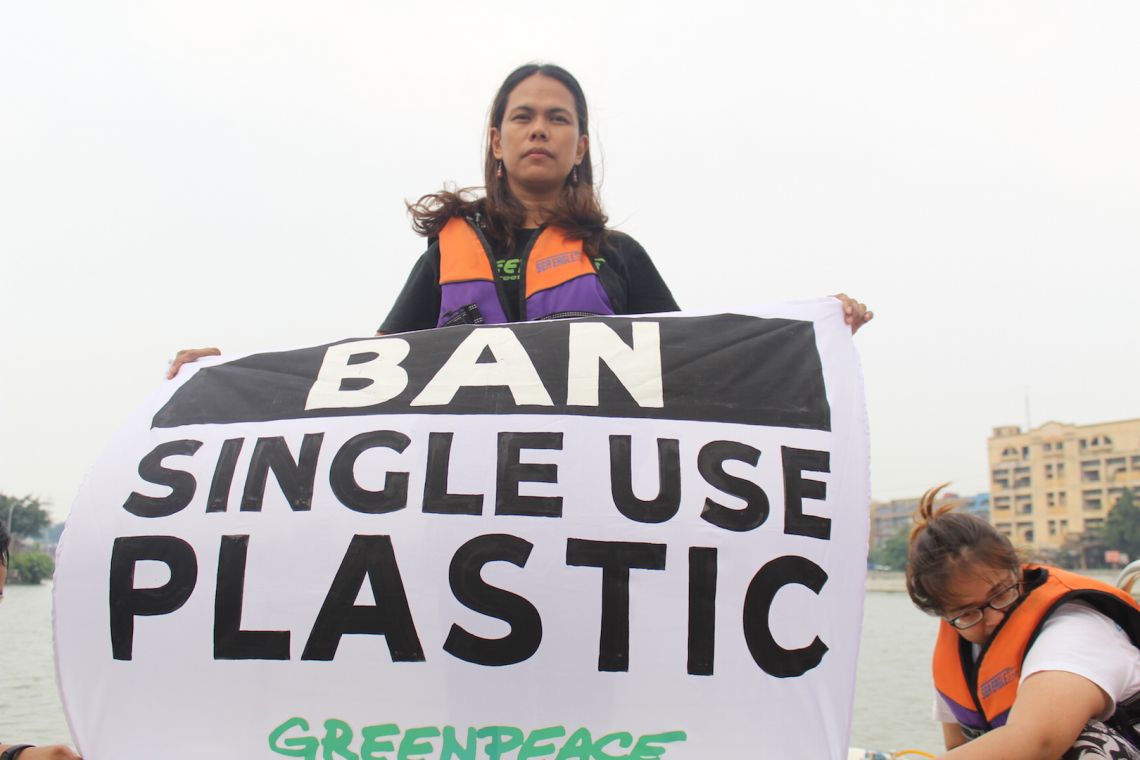
Instead, the government promotes waste-to-energy technology as a “quick-fix solution” where plastics are burned, but which Aguilar says not only causes respiratory problems, but is also forbidden under the Clean Air Act.
“Even in big countries like Japan, which is no. 1 in terms of waste management, groups say waste-to-energy is bad,” she said. “If they say it fails in Japan, what more with us?”
Large companies that produce single-use and non-recyclable plastics, such as a sachet of shampoo easily found polluting Pasig river, must also take responsibility, Krotz said.
“Single-use plastic in the ocean is a global problem,” the German campaigner said, pointing the finger at companies who “have the money” but implement no proper recycling methods.
This causes long-term effects on people’s health and the environment, he added.
This had been a major problem in Germany, where it took long before they were able to control it in their country, Krotz said. “Don’t repeat our faults.”
Aguilar is hopeful that Greenpeace’s partnership with PRRC grows. “They’re very active,” she said. “There’s promise in the partnership.”
One of PRRC’s projects is collecting water hyacinths that grow on the river and turning them into handicrafts, which adds more income for people along the river, De La Rama said.
He added the agency also started conducting series of awareness seminars about solid waste management.
“We have to reach the grassroots level also and inform them of how important the environment is for them,” he said.
No matter the efforts, De La Rama believes that if the people and government do not team up, the dream of reviving the dead river back to its pristine condition is bound to fail, and the already cleaned waters will only turn dirty again.
He will always go back to his belief that the river is everyone’s burden.
“Unless the people will change their behavior and their mindset, then we won’t be able to achieve totally what we want,” he said. “Everyone has to be in full gear and on the same boat.”
Attaining global prestige is proof of the agency’s “collaborative efforts,” De La Rama said, but a more fulfilling prize comes with the challenge of cleaning the whole stretch of Pasig river.
That, the PRRC admits, will take a long time.
